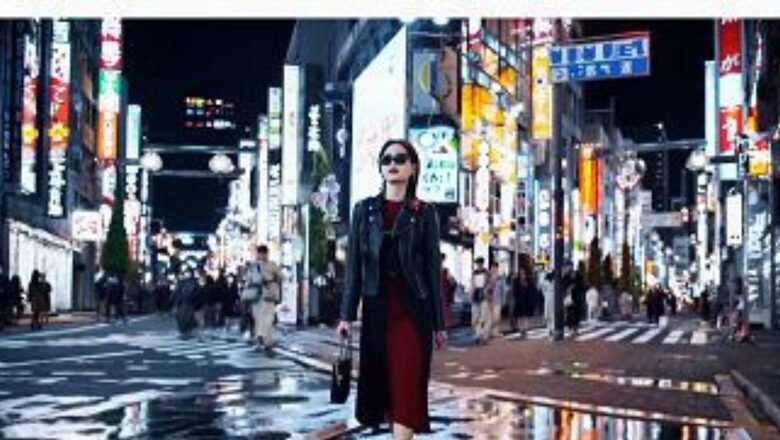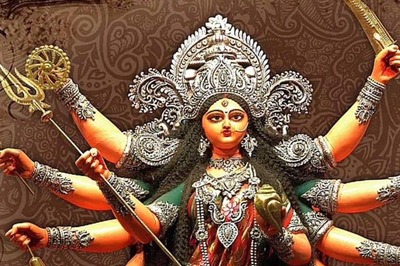
views
After Open AI’s ChatGPT, the new text-to-video tool, Sora, is being considered as a major breakthrough in the domain of generative AI that is beginning to challenge organisation design, work and individual workers.
Though Open AI’s tool is still in “red teaming” stage and has limited access, as mentioned by chief executive Sam Altman, it has already created a buzz.
Let’s look at how this tool actually works:
The word ‘Sora’ actually means Sky in Japanese, and the tool takes text prompts and turn them into a one-minute-long video.
“Sora is able to generate complex scenes with multiple characters, specific types of motion, and accurate details of the subject and background,” OpenAI explains in a blog post published last week. “The model understands not only what the user has asked for in the prompt, but also how those things exist in the physical world.”
Sora uses two types of AI approaches to achieve high level of realism. The first diffusion model used in AI image generator such as DALLE-E, which help convert randomised image pixels into a coherent image.
The second is ‘transformer architecture’, which is used to contextualise and piece together sequential data, which means breaking down large complex words into comprehensible sentences. The AI will break down video clips into visual “space patches”, which can be processed by ‘transformer architecture’.
Who can Access Sora?
OpenAI says a small cohort of visual artists, film-makers and designers have been given the access, but people in the know hint that there will be a waiting list to be rolled out soon.
The red team members, who have granted access, are experts in areas such as misinformation, hateful content and bias to understand critical areas of risks.
Unfortunately, there is no indication when the Open AI tool will be accessible to everyone. “We’re sharing our research progress early to start working with and getting feedback from people outside of OpenAI and to give the public a sense of what AI capabilities are on the horizon,” the blog read.
What are the Potential Risks?
OpenAI said it will make the tools to investigate misleading content such as detection classifier capable of recognising videos created by Sora.
In addition, OpenAI will adapt existing safety procedures developed for products like DALLE3, which are relevant for Sora. The company says it has established robust image classifiers to review every frame of generated videos to ensure compliance before granting access.
Experts have also cautioned against the product’s likely capability to produce deep fake videos that can reinstate racial and gender stereotypes.
Misinformation and disinformation fuelled by AI-generated content is a major concern for leaders in government, academia, business and other sectors.




















Comments
0 comment